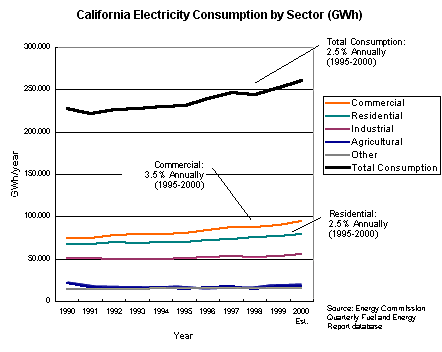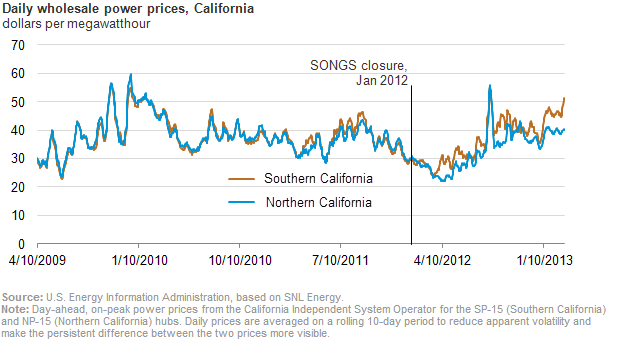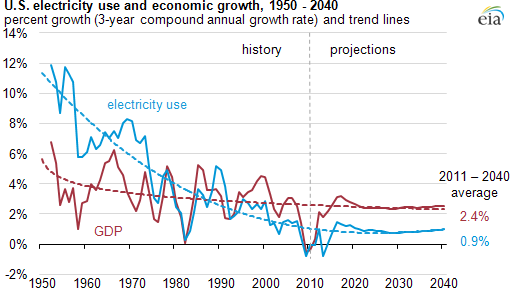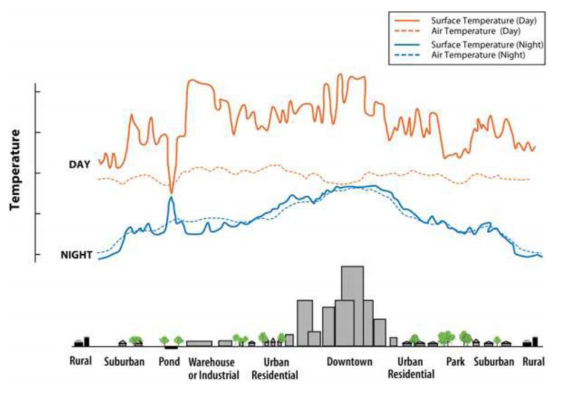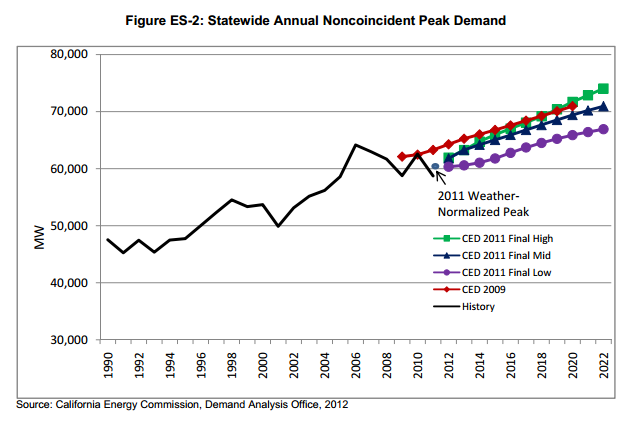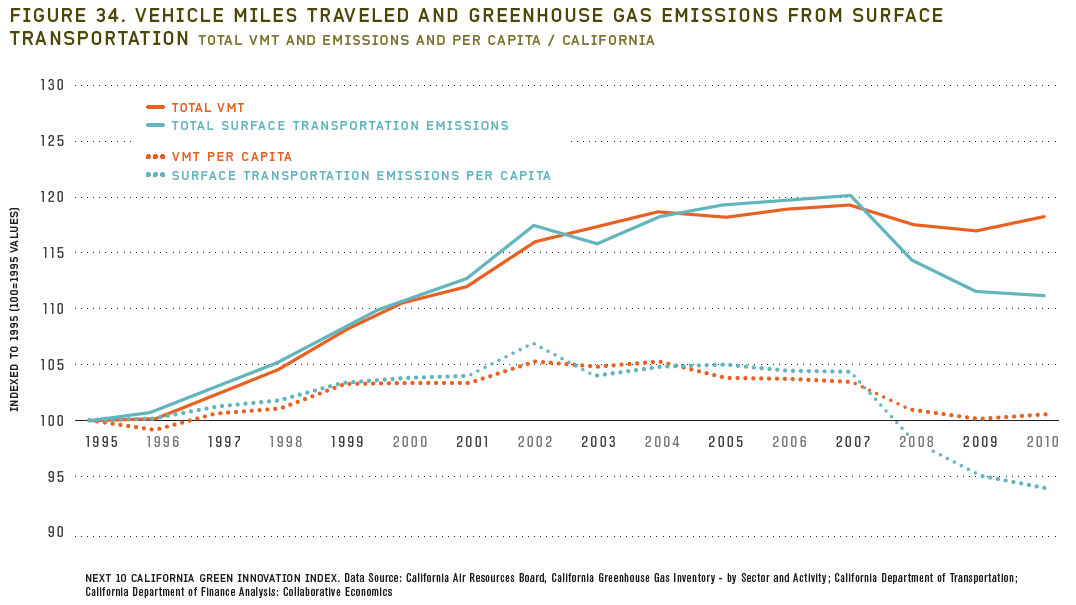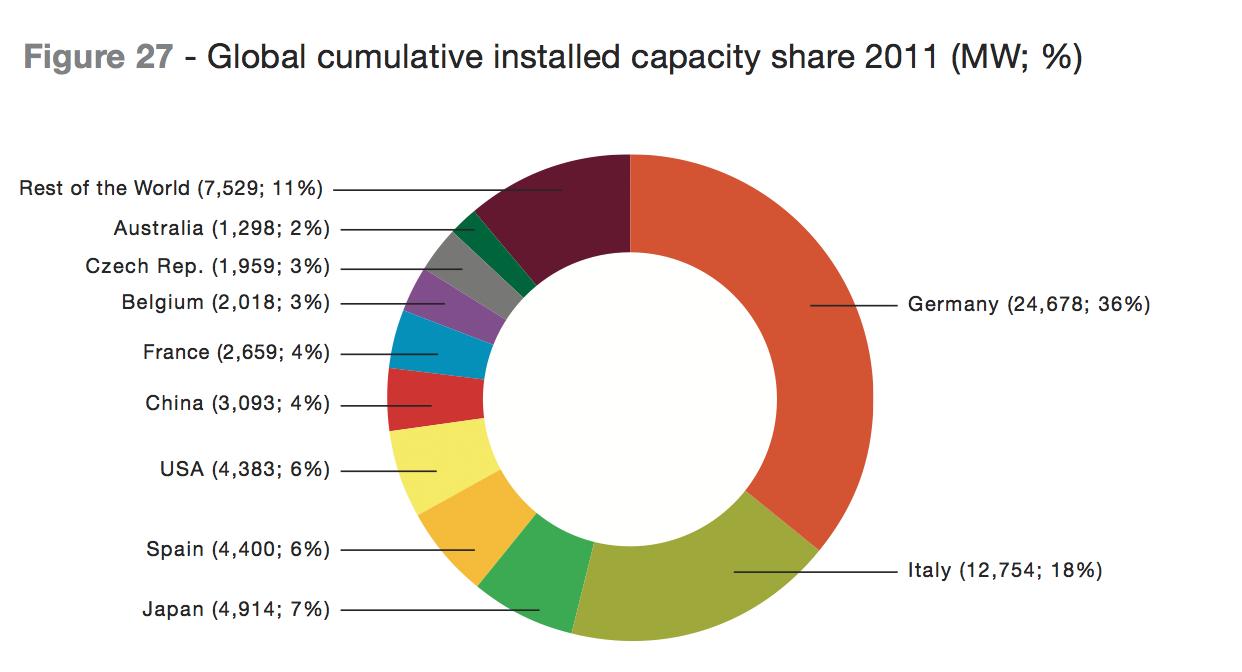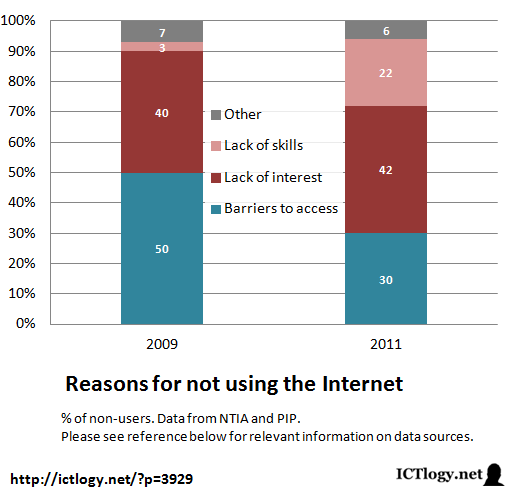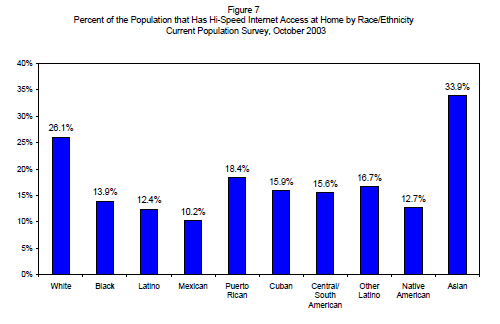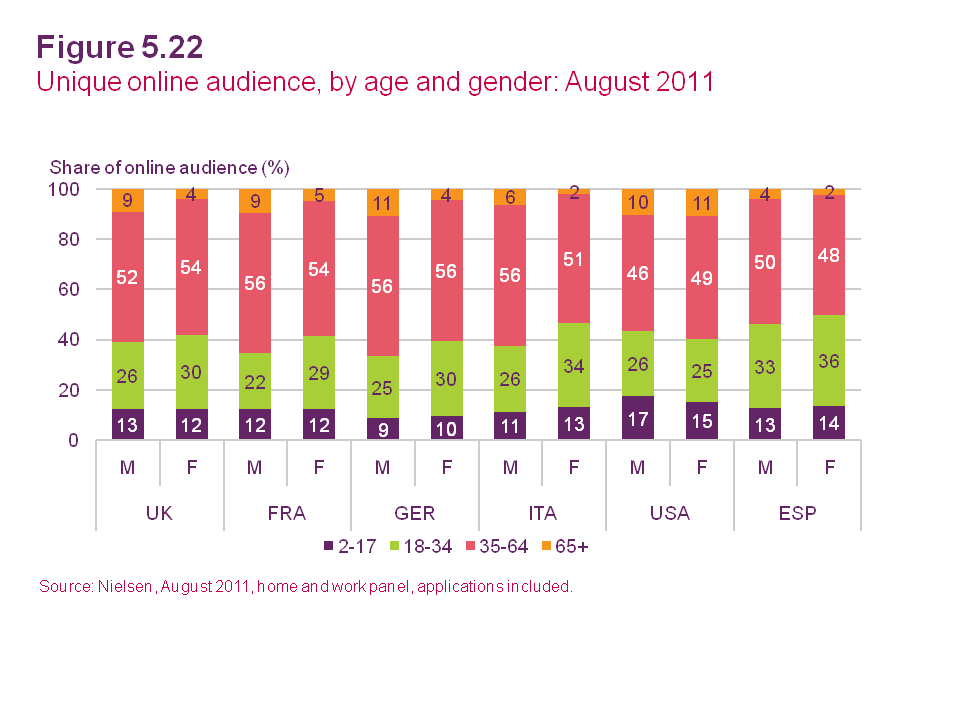Graph
Submitted by eortiz5000 on
Extended nuclear generation outage increases Southern CA's energy prices relative to Northern CA
Submitted by eortiz5000 on
Electricity use and GDP projection
Submitted by eortiz5000 on
The urban island effect
Submitted by eortiz5000 on
CA energy demand forecast
Submitted by eortiz5000 on
VMT in CA
Submitted by eortiz5000 on
Solar Installed Capacity 2011 (Global)
Submitted by pmd on
Reasons for not using the internet
Submitted by julie dequaindry on
Percent of the Population that Has Hi-Speed Internet Access at Home by Race/Ethnicity
Submitted by julie dequaindry on
unique online audience by age and gender, August 2011
Submitted by julie dequaindry on



